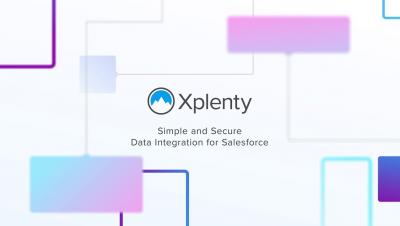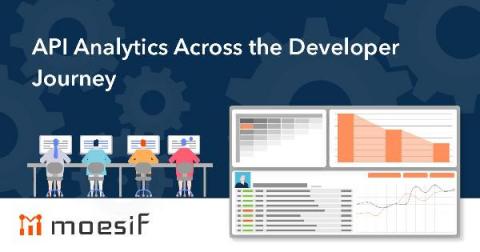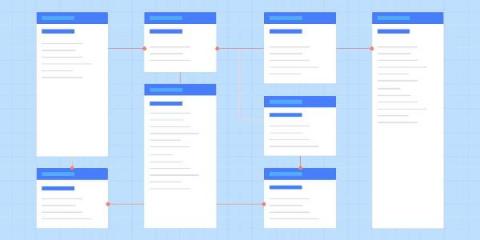Systems | Development | Analytics | API | Testing
Analytics
API Analytics Across the Developer Journey
Every API product manager wants as many developers as possible adopting and using their APIs. They want them to get to Hello World quickly and have a great developer experience (DX) along the way. Of course, the bigger goal is to be able to tie API success into the larger objectives of the company. For many, despite the best intentions, their metrics are too simplistic, narrow, and based on outdated models of engagement.
4 reasons why the BI industry has run out of ideas
While there has been some incremental improvements in the last few years, there has been nothing significant recently - and I think there are four clear reasons for that. Firstly, there has been a lot of consolidation in the industry recently. When that happens, behemoth vendors focus far more on selling than building new products that are going to disrupt the industry.
Slowly Changing Dimensions in Data Science
Avoiding a common pitfall in data science by enabling history mode.
What Is a Database Schema?
Use schemas to make life easier for your analysts and engineers.
How Long Does SEO Take to Show Results?
How Raddish Cut Reporting Time by 80% & Makes Better, Data-Driven Decisions Using Databox
The Key Metrics That Fintech Product Managers Can't Live Without
If each product is a world in its own, each industry in which that product -or service, for that matter- is deployed, is a universe. A seemingly chaotic universe full of data coming from every direction and angle that you, the product manager, need to catch, analyze, and funnel into your every day. If this does not sound easy, it is because it is not!
Cloud Data Retention & Analysis: Unlocking the Power of Your Data
Sample applications for Cloudera Operational Database
Cloudera Operational Database is an operational database-as-a-service that brings ease of use and flexibility to Apache HBase. Cloudera Operational Database enables developers to quickly build future-proof applications that are architected to handle data evolution. In the previous blog posts, we looked at application development concepts and how Cloudera Operational Database (COD) interacts with other CDP services.











